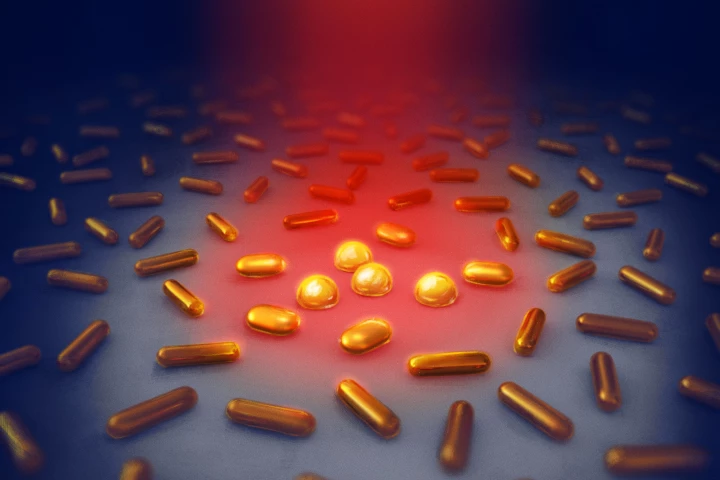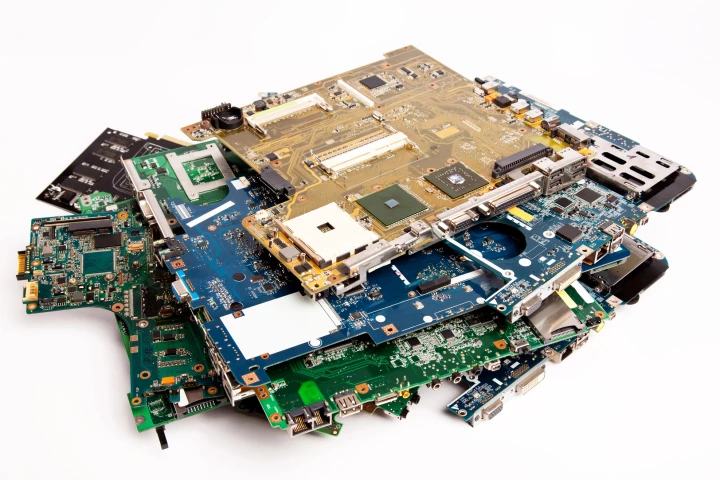Gold
-
Scientists have discovered the single largest repository of gold in the world that makes Fort Knox look like a piggy bank. Making up 99.999% of all the precious metal on the planet, it's just sitting there for the taking. However, there is a catch.
-
Step aside, golden beaches – New Zealand has stretches of sand sparkling with real gold. And with this, scientists have been able to assemble the world's first atlas of highly detailed beach gold found along the country's South Island coastline.
-
There's a growing body of evidence that gold nanoparticles can trigger significant weight loss that targets fat, without affecting muscles, plus heal organs and improve blood-glucose levels. A new study makes a strong case for the first-ever human trial.
-
When someone receives an implant such as an artificial hip, there's a real risk of an infection occurring at the implant site. According to a new study, however, a covering of bacteria-frying gold nanorods could keep that from happening.
-
Stumbling on a giant gold nugget and never working again is something we’ve all daydreamed about, but how exactly do they form? A new experiment has found that earthquakes and electricity might be key ingredients.
-
Using a proprietary chemical process pioneered by Canadian firm Excir, England's The Royal Mint has begun mining old circuit boards from electronic devices for gold and converting what's harvested into attractive, if pricey, jewelry.
-
Graphene is the Novak Djokovic of materials – it’s so damn talented that it’s getting boring celebrating each new victory. But an exciting new upstart is challenging graphene’s title. Meet goldene, a 2D sheet of gold with its own strange properties.
-
A new method for recovering high-purity gold from discarded electronics is paying back US$50 for every dollar spent, according to Swiss researchers – who found their all-important gold-filtering substance in cheesemaking, of all places.
-
Clinical trials using orally administered gold nanocrystals to treat multiple sclerosis and Parkinson’s disease have produced promising results. The nanocrystals restore crucial energy metabolites in the brain that are depleted in these conditions.
-
Preventing or clearing ice build-up on surfaces is a major winter problem, as some areas are currently experiencing. Scientists at KAIST have now developed a new thin film coating made of gold nanorods that can passively melt ice using just sunlight.
-
One thing that will definitely ruin a wine is an unpleasant aroma. Such malodorous wines could soon be saved, however, with a little bit of help from gold nanoparticles.
-
While it's a stunning example of biological evolution, antibiotics-resistant bacteria is proving to be one huge global health headache. Now, though, scientists believe that our silver bullet in this battle might actually be set in gold.
Load More











